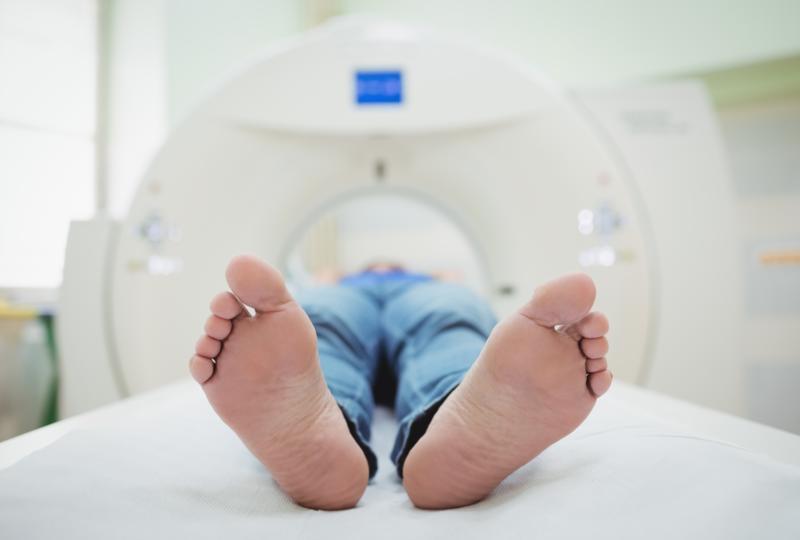MRI is More Sensitive in Spotting Progression of Facioscapulohumeral Muscular Dystrophy
MRI is More Sensitive in Spotting Progression of Facioscapulohumeral Muscular Dystrophy
FSHD is the third most commonly found genetic disease that leads to muscular dystrophy. Mostly, the symptoms of condition appear at ab early age, and 90% of cases are diagnosed much before they are 20 years old, which makes it condition that is diagnosed in childhood. Muscular weakness in FSHD starts from the facial muscles, then progresses to the shoulders (scapula), the upper arms, and later to other parts of the body.
In most cases the progression is slow, but in the long term, it leads to severe disability with a large number of patients becoming wheelchair-ridden. Due to its progressive nature, it is vital that there must be a method that could accurately measure the progress over a smaller period, like every six months or yearly basis.
Though FSHD as a medical condition has been known for over a century, the real improvement in diagnostics and treatment has only been made in the last couple of decades. There is still a lot to be understood about the course of the disease (1).
Traditional methods of screening progression in FSHD
Once the person has been diagnosed with FSHD, there is a need to evaluate the progress of the disease at regular intervals. There have been many methods used traditionally to assess the weakness in various muscles groups, and have usually served their purpose well over an extended period of time.
Manual muscle testing (MMT) is perhaps the most widely used screening method in various muscular dystrophies including FSHD. This technique has many benefits, as it does not require any type of equipment at all. It means that this approach is cheap and with minimal training can be performed just in any clinical setting, be it an ambulatory clinic, hospital or emergency ward. It is one of the most widely used tests in both clinical conditions and studies.
The method is simple: the doctor asks the patient to move the muscles as per instructions, and if a person can move muscles easily against their resistance or fails even to show evidence of any muscles contracting, the doctor gives a score of 5 to 0. With 5 being well-functioning muscles and 0 indicating complete loss of functionality (2).
Clinical severity score (CSS) is another method commonly used. It measures the muscular weakness and disability, with a 0 score meaning no impairment, and a 5 indicating that a person should be dependent with a wheelchair or a scooter.
Motor function measurement (MFM) is an alternative test that is used to monitor the progress of the muscular disease in various ailments. Quite like a MMT, it does not require any equipment but demands the proper training. It consists of 32 measures that take into consideration of the functioning of various muscular groups. Like, for instance, how much a person is able to stand without support (3) or whether or not if one is able to walk.
